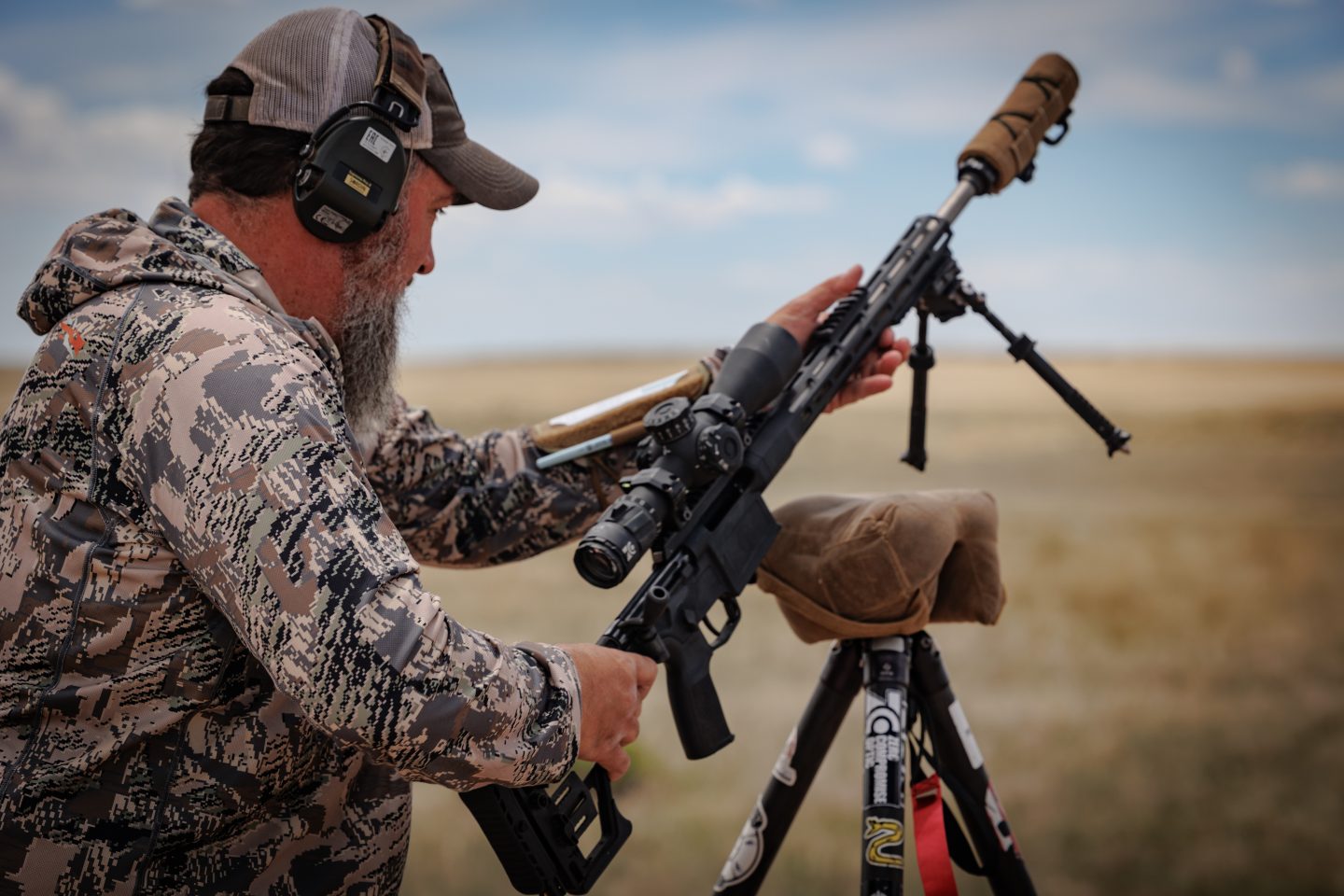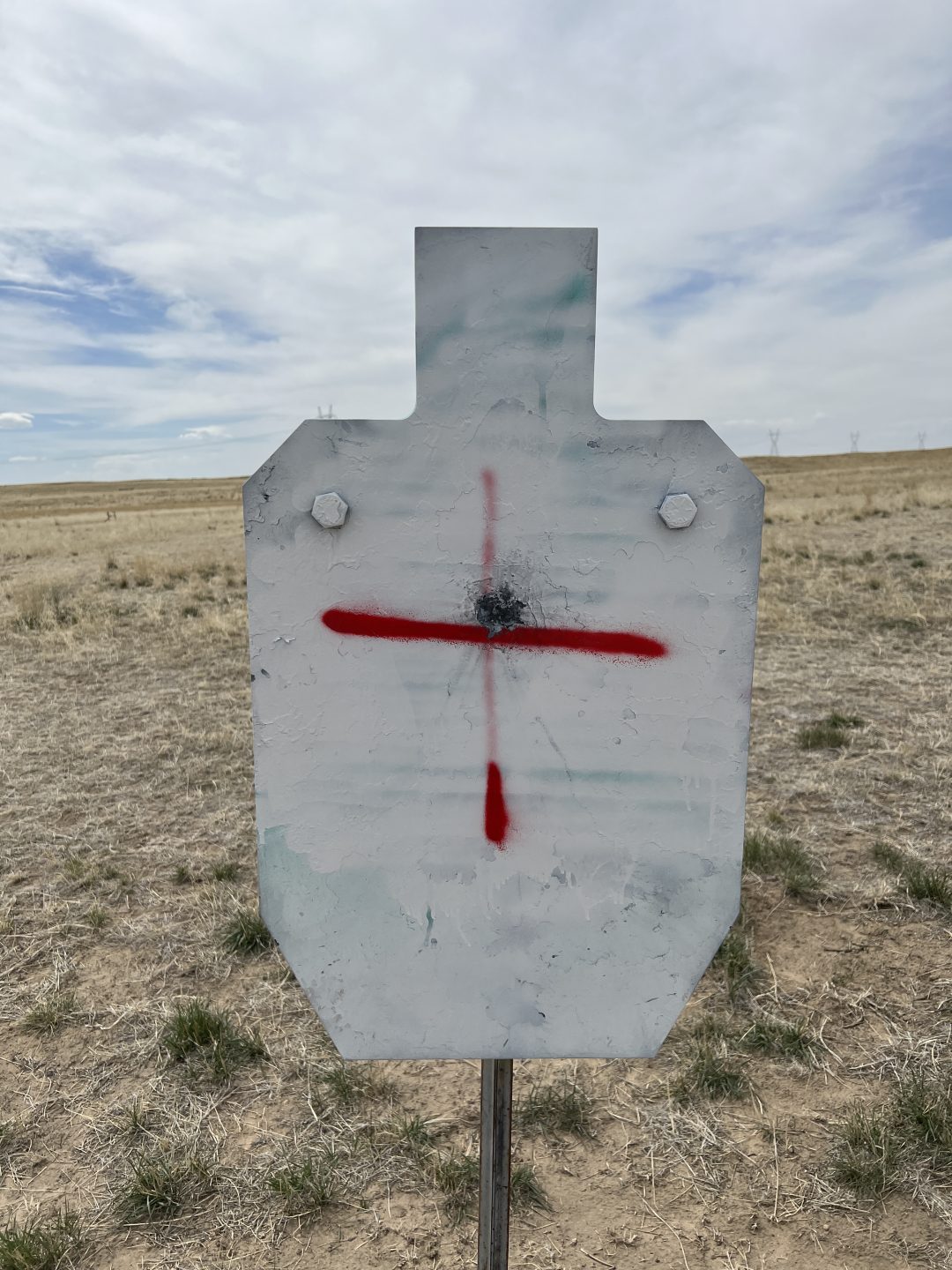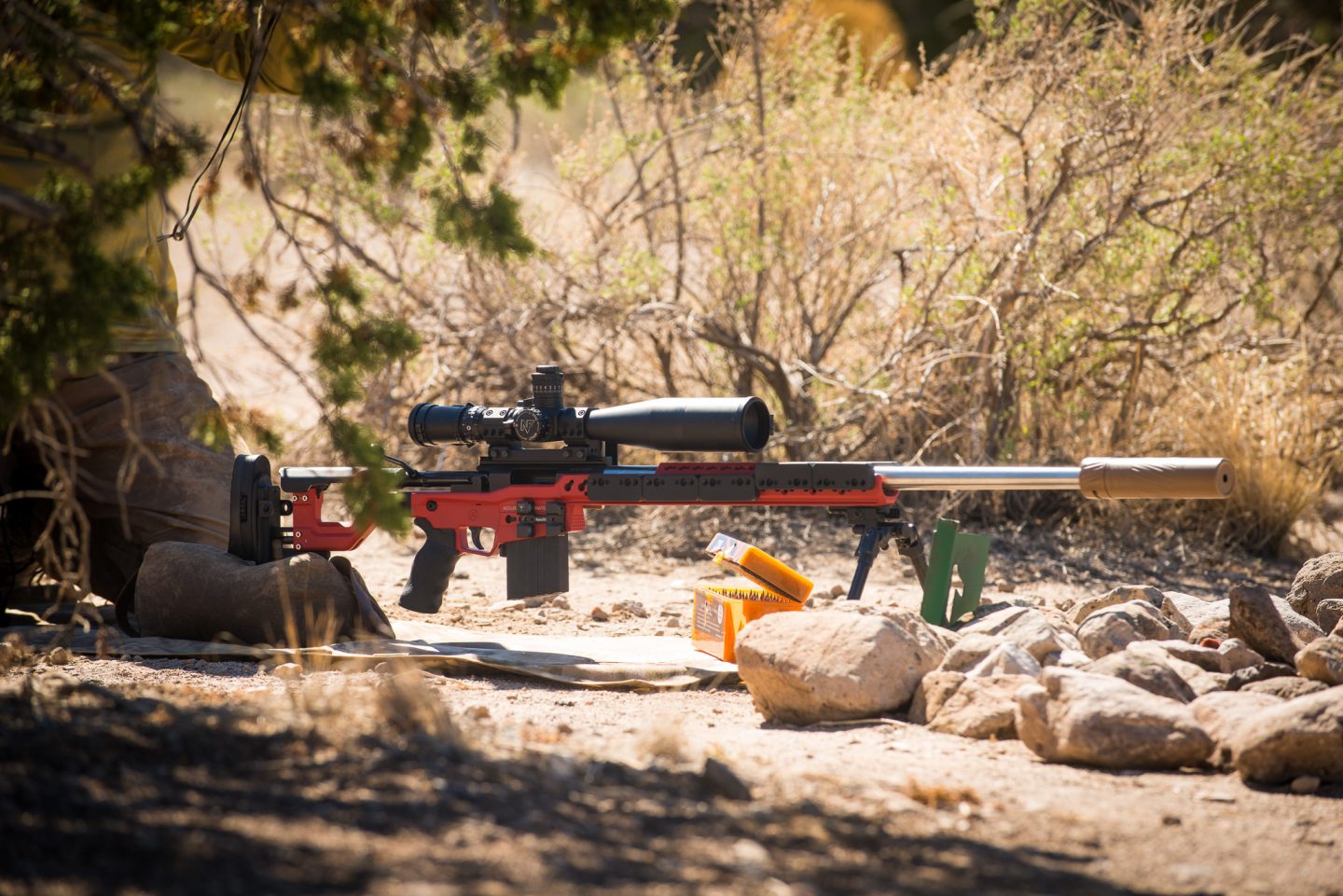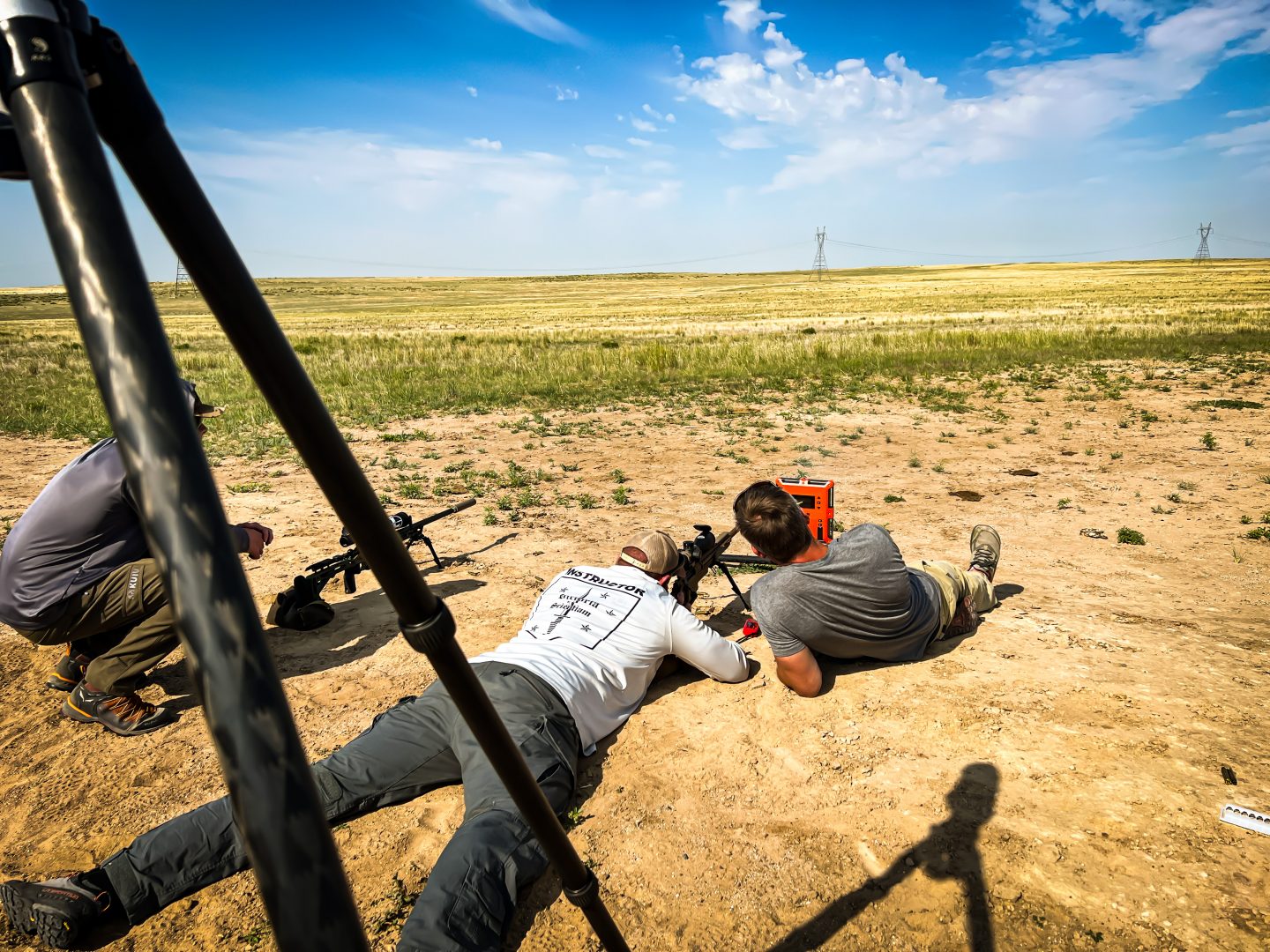The field demands a multifaceted skill set that combines adaptable precision, equipment proficiency, and strategic decision-making. Lets outline and highlight some critical components of marksmanship skills for field application. The following list was developed considering skillsets, field conditions, and the mastery of equipment necessary for success so that you might target strengths, weaknesses, and help develop ways to expand your own field toolkit.
Skills:

Adaptable Precision: The capability to maintain shooting accuracy while navigating diverse field conditions and adapting to various shooting positions the terrain allows for. This skill ensures that a hunter remains effective in different scenarios, optimizing their accuracy in dynamic environments.
Target Acquisition: Rapidly locating and effectively engaging targets within field conditions crucial. Effective target acquisition is central to successful marksmanship, requiring swift and accurate decision-making for optimal engagement.
Shot Placement: Ensuring precise shot placement is essential to maximize hit percentages on the target. Marksmen must possess the ability to consistently place shots accurately, considering factors such as distance, angle, and the anatomy or size of the target.
Wind Reading: Wind reading involves the skill of accurately assessing wind conditions and making adjustments to compensate accordingly. This skill is particularly crucial for long-range precision shooting, where understanding and mitigating the impact of wind on projectiles is one of the most common reasons for a missed shot.
Gravity Ballistics enters the conversation

Understanding Ballistics: Application of ballistics knowledge in real-world environments is indispensable. Marksmen must factor in elements such as bullet drop, wind, and terrain when making shots, ensuring a comprehensive understanding of the projectile’s trajectory for precise bullet delivery.
Position Familiarity: The ability to move and position oneself optimally for shooting is vital. Marksmen should be adept at navigating terrain to attain the most advantageous shooting positions, enhancing both stability and accuracy. If moving to an optimal position isn’t possible a skilled rifleman must be able to move in and out of positions efficiently and swiftly to maintain appropriate hit percentage capabilities. The RifleKraft drill is great for this because it develops positional understanding and adaptability to transitions.
Adaptability (to Unpredictable): Quick decision-making and adaptability to the unknown really defines a field shooter. The ability to navigate unpredictable scenarios with agility as well as the ability to think through new information to adjust actions ensures success in dynamic hunting environments.
Decision Making: Success with a precision rifle always hinges on effective decision-making. In the face of field stressors and time constraints, maintaining cognitive speed and acuity is crucial. Maximizing energy to the brain is essential for optimal decision-making and execution.
Equipment

Rifle and Optics (Manual of Arms): In-depth knowledge of the rifle and optics is a requirement. This includes understanding rifle and chassis adjustments, reticles, turrets, and features of the rifle scope. Using and developing intuitive understanding of your equipment allows one to harness the full potential of their equipment.
Bipod and Support Gear Dexterity: Efficient deployment and use of bipods, tripods, or other supportive gear that will enhance stability during shots. You must be adept at utilizing these tools to maintain accuracy in diverse shooting conditions.
Equipment Maintenance: Regular maintenance of all your equipment is essential for reliability and consistent performance in the field. You must prioritize the upkeep of gear to prevent malfunctions during critical moments.
Don’t forget Movement

Transitions between Shooting Positions: Your ability to seamlessly switch between shooting positions is crucial for adapting to the terrain and scenario. If you want to improve it is going to be essential to become proficient in transitioning between prone, kneeling, and other shooting platforms with ease.
Carrying/Deployment Efficiency: Safe and efficient carrying and handling of firearms when you are out in the field, including quick transitions between different shooting positions, are essential. Ensuring the safety and readiness of the firearm contributes to overall marksmanship success.
Optimal Preparation and Confidence: If you are going to expect your system to perform you must ensure optimal zeroing for specific field conditions, considering distances and potential changes in angles for both shots and wind. Confidence in one’s equipment and preparation is a key component of successful marksmanship.
Knowledge Development for Specific Outlet: To maintain skill and growth in your outlet you should continually develop a knowledge base for the specific outlet you are engaged in. This includes understanding scoring systems, power factors, habit development, strategic considerations, rules, and building confidence through continual learning.
Conclusion:

Achieving excellence in marksmanship for the field requires a comprehensive approach, encompassing adaptable precision, strategic decision-making, and mastery of equipment. By honing these skills, you can increase growth and success rates for your chosen outlet and discipline.


